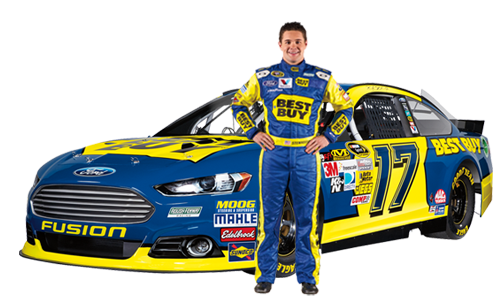By the early 1970s, Richard Petty was firmly entrenched as the King of NASCAR. He claimed his 4th Winston Cup Grand National title in 1972, won his fifth Daytona 500 in February 1974, and had tallied his 162nd career Cup / GN win on August 11, 1974 in the Talladega 500.
The Petty Enterprises team also had grown as a business. With factory backing from Chrysler Corporation, the team fielded other Plymouths and Dodges at NASCAR's top level with drivers such as Pete Hamilton and Buddy Baker. Petty Enterprises also became the go-to place for all sorts of parts for the hundreds of short track racers of the era.
In addition to selling parts, Petty Enterprises also built and sold 'kit cars' based on an idea developed by Larry Rathgeb of Chrysler. The idea was to provide a racer the opportunity to buy a ready-to-assemble Mopar through the Pettys. Chassis, engine, body. Purchase, assemble, paint, and race - and hopefully get the best of a Chevy Nova in the process.
Hamilton, Petty Enterprises' 1970 driver, shook down the Dodge Challenger version of the car.
 |
| Courtesy of Jerry Bushmire |
On Saturday, August 17, 1974, the Petty team decided they'd test the kit car in a representative environment - the track. On an off-weekend from Cup racing between Talladega and Michigan, the crew rolled into the legendary Dixie Speedway in Woodstock, Georgia - a track still operating today (web | Twitter)- to race in the track's feature event.
The race was no gimme match race. Petty also wasn't there to race someone else's car simply for show money (well, I'm sure he got plenty of show dough though). The team was there to put the kit Dart through its paces in a legit race against the established locals. When the night was over, however, the veteran Cup bunch humbly returned north to Level Cross.
 |
| Photo courtesy of Chris Hussey |
Dale Inman and Wade Thornburg carried the car to Dixie Speedway via the Chrome Goat and open Reid trailer. Richie Barz and I followed in a brand new Dodge Charger.When qualifying began, Jody Ridley from nearby Chatsworth laid down the quickest lap and tied the track record. The Petty blue 43 Dart was a couple of tenths slower. The King lined up for a 20-lap heat race and was leading ... until. Billy McGinnis used a trick that all short-trackers do when they need to get a spot - they move someone! McGinnis nudged the 43 aside and took the win with Petty placing 2nd.
I can remember changing drivers in Spartanburg when we stopped for fuel. As I re-entered the I-85 south bound lanes, the wiring underneath the dash of that new Charger caught fire. Holy crap what's going on? Richie help me put it out. The plastic looms were melting and dripping down on my pants legs and burning through to my legs. Ouch that hurt. Richie passed me an open can of soda, and I poured it on myself trying to put out the fire on my pants. I could see the tow truck still going away from us, and we pulled over to the side of the road to find out what was really happening to this car. We found a shorted wire at the brake light switch so when the brakes were applied it shorted and caught the wiring on fire. The rest of the trip we had no brake lights!
When the traveling circus finally arrived in Georgia, we were welcomed by the Speedway promoters and were given preferred parking in the pit area. As I watched the locals come rolling in the cross-over gate, it became apparent to me that this was not just another race.
 |
| Photo courtesy of Chris Hussey |
More memories from Biscoe:
I do remember a ragged ol' Ford with a hot shoe driver running away from the rest of the field. Oh by the way, that old ford was driven by none other than Georgia's own Jody Ridley. We came back to Randleman with our tails tucked beneath our legs, and Chrysler engineers went back to Detroit to scratch their heads and spend more factory money.The May 1975 SCR article about the race at Dixie...
Also on the return to NC, the tow truck followed the Charger home since we had no tail/brake lights. Just one of the several outings with the Kit Car Program. We also took it to Beltsville [Maryland] and Myrtle Beach - a match race with Bobby Allison and his old Nova - and Martinsville with Joe Millikan.
The race may not have gone Petty's way. But the team gained valuable information about the kit car and pocketed some nice spending money from Dixie's promoter to boot.
The kit car program continued for another few years as additional testing took place and cars were built and sold. Another driver who helped test the Challenger in addition to Pete Hamilton was a scruffy, mill town, struggling up-and-comer who was recommended by the legendary crew chief Harry Hyde: Dale Earnhardt.
 |
| Source: superbirdclub.com |


















